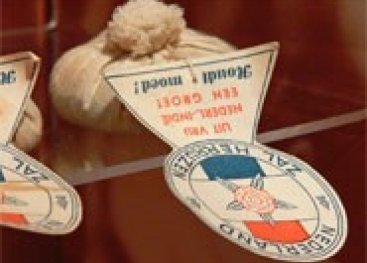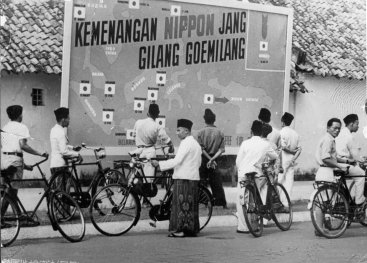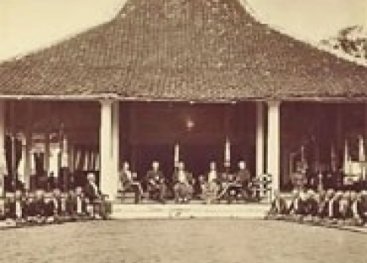
The resistance taken out
We preferred to behead someone we had found guilty on the spot with a samurai sword, rather than waste weeks or months of military time and energy.
Cruelty
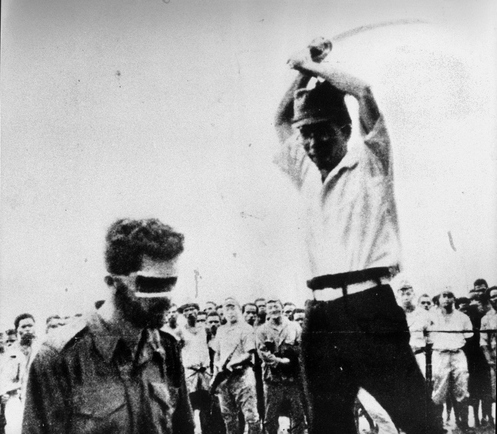
The Japanese were ruthless with anyone involved in the resistance. The Japanese Military Police (Kempeitai) were notorious for their cruelty. Vague suspicions were enough to arrest and torture someone. Based on forced confessions, those arrested would be imprisoned or beheaded. Even if the crimes were minor, the punishments were severe.
The Kempeitai received assistance in their detection work from the Political Information Department (Politieke Inlichtingen Dienst - PID), which employed a lot of Indonesian and Dutch East Indian spies and informers. In the course of 1943, the organised resistance movement was all but eliminated.
Forced to cooperate
The Japanese expected the Dutch East Indians to cooperate voluntarily. But these ‘Asian brothers’ were often anti-Japanese. In the course of the occupation, the Dutch East Indians were forced to cooperate.
In 1945, hundreds of young men who failed to support the Japanese sufficiently were arrested, abused and imprisoned. Many died from the hardships. In total, 15,000 people were arrested because of their attitude to resistance. Half of them were killed.
Stories - Ole sio

The Moluccan Bert Simon, a member of Nono Tanasale's resistance group, was arrested in mid-1943. He and Nono shared a cell:
“You were beaten during questioning. They didn’t hit me very hard, but they were vicious, hitting your kidneys for instance. That would give you excruciating pain when going to the toilet the next day. In the cell, we supported each other mentally by telling weird stories. Gallows humour. One evening we heard a song from the old Moluccas: Ole Sio. That really moved us. We joined in the singing. The song says that when you’re sad, and you look around you and find there’s no family there, you think of the Moluccas, our native country.”
Snake
Tolly Thijssen was involved in resistance work on western Java for Joop van ’t Hart’s group of youngsters. He collected weapons and hid them in a hollow manga tree outside his house. In June 1942, he was arrested and questioned by the Kempeitai:
“They put me in a barrel of water with a cloth over my mouth. When you gasp for air you take in water. Then they would punch you in the stomach and you’d throw it all up again. They also put out cigarettes on my genitals. And they hung me up just above the ground. After an hour, you lose consciousness.”
Tolly maintained his innocence. He was released after three months. He decided to help the other members of his group in Soekamiskin prison in Bandung:
“The guard would pass on notes from them to me, in which they asked for money, food or medicines. I got what they needed. I also made notes which they had to sign when they got the goods. There was a snake stamped on the notes. That is how I got my nickname ‘Snake’.”
Ten death sentences
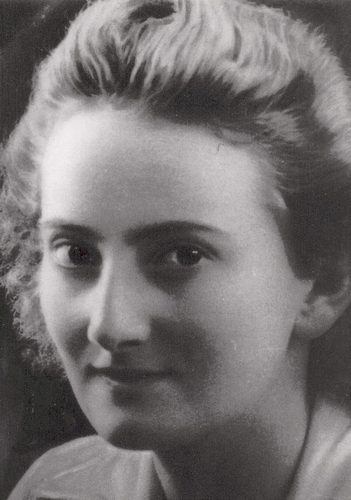
Resistance fighter Bep Stenger was arrested on 13 March 1943. She spent months in a filthy cell hearing other prisoners being tortured. She herself was ‘only’ beaten. At the end of 1943, Bep was taken to Batavia together with other prisoners. Only then did she find out that her entire resistance group had been arrested. The men looked terrible. They had been beaten severely because someone had escaped. The leader of the group did not survive the ill-treatment.
“We all had to appear before a court-martial. The charges were read out. My closest friends, Flip Bernhard, Ferry Pleyel and Bruno Berler, and seven others from Malang, were sentenced to death. They were beheaded on 31 January 1944. (...) I felt completely empty and couldn’t even cry. I kept hearing this voice: ‘Hukuman mati; hukuman mati.’ Ten death sentences, it was simply too much to take in...”
Bep Stenger
Lying down in a lion’s cage
Lien van Haaften was involved in resistance work for Captain De Lange’s group. She was arrested and imprisoned in Boeloe prison in Semarang. She was put in a cell with eight other women.

Lien van Haaften tells:
"Our cell was like a lion’s cage. There was a night cell with bars, and in front of that was an open space, also with bars. Because of the poor hygiene, we were covered in all sorts of vermin: fleas, lice, bedbugs and clothes lice. To avoid getting scabies, we would lie with our behinds in the sun. It obviously looked crazy! I had been sentenced to two years. When I left, my fellow prisoners gave me this box. The blue was the fabric of our smocks, the other colours had been scraped together. It was made with thread used to knit Japanese socks."
Needlework
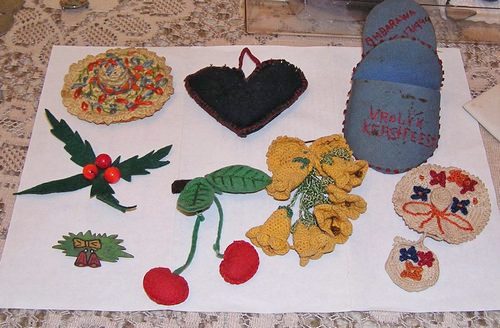
Janna Bussink and her friends in Camp Ambarawa sang a Dutch song with the lyrics: ‘One day the beautiful day will dawn for each of us, when once again we can raise the red, white and blue flag. No matter how high the sun rises it will go down, please let it be soon, then the Japs will be finished.’
The girls were betrayed, questioned and imprisoned in Boeloe prison in Semarang. In prison, they had to knit socks for Japanese soldiers. They also used the thread to do a little bit of needlework for themselves. It kept them going.
Praying to God
Ben Rietveldt was 15 years old when he arrived in Glodok prison in Batavia. As a Dutch East Indian boy, he refused to cooperate with the Japanese. He had already served four months in prison, and was very skinny.
“Your meatless bones hurt on the hard floor. And then there were the thousands of bedbugs. A little here, a little there, your blood was being sucked out of you. When I was really desperate, I would pray to God. Because I didn’t have a crucifix, I made one. I tore a piece of wood from a corner beam and shaped it with my teeth. I felt stronger once I had God with me.”
Ben Rietveldt
A bit of bravery

In order to mark the Queen’s official birthday in 1942, Antonia Happel typed out a menu with dishes like Orange Soup and Victory Sauce. The menu was found when her house was searched, and Antonia was arrested. She was beaten so badly that she made a confession. Her interrogator then pulled out his revolver.
"My reaction was very odd. I went all warm with happiness inside because I wasn’t going to be hanged or beheaded. I picked myself up and straightened my clothes. The Jap sat back in his chair and asked me if I wanted a cigarette. He probably saw it as a bit of bravery, which he could respect. Instead of being killed I was sent to Kediri prison. I took my prison sarong and blanket with me when I was released."
Antonia Happel
